Observando células en el microscopio - Reino de las plantas. / Observing cells under the microscope - Plant kingdom.
El microscopio se ha convertido en la herramienta que mas hemos utilizado en este semestre, ya que lo hemos utilizado en Biología para practicas de laboratorio además de ver filamentos de hojas en Elementos del Ecosistema, dos materias distintas con contenidos muy similares.
Como mencioné antes jamás había utilizado un microscopio y ahora lo se a la perfección y veo la importancia que tiene para los futuros ingenieros agrónomos, ya que con el podemos observar daños en las plantas, hojas, frutos, además de observar patógenos que puedan perjudicar nuestros cultivos, también podemos ver insectos que no son perceptibles a simple vista.
The microscope has become the tool that we have used the most in this semester, since we have used it in Biology for laboratory practice as well as to see leaf filaments in Ecosystem Elements, two different subjects with very similar contents.
As I mentioned before I had never used a microscope and now I know it perfectly and I see the importance it has for future agronomists, because with it we can observe damage to plants, leaves, fruits, in addition to observing pathogens that can damage our crops, we can also see insects that are not visible to the naked eye.
Uno de mis exámenes fue utilizar el microscopio, colocar una muestra y enfocarlo, además de mencionar sus partes mecánicas y ópticas, un examen muy entretenido y educativo a al vez.
One of my exams was to use the microscope, place a sample and focus it, besides mentioning its mechanical and optical parts, a very entertaining and educational exam at the same time.
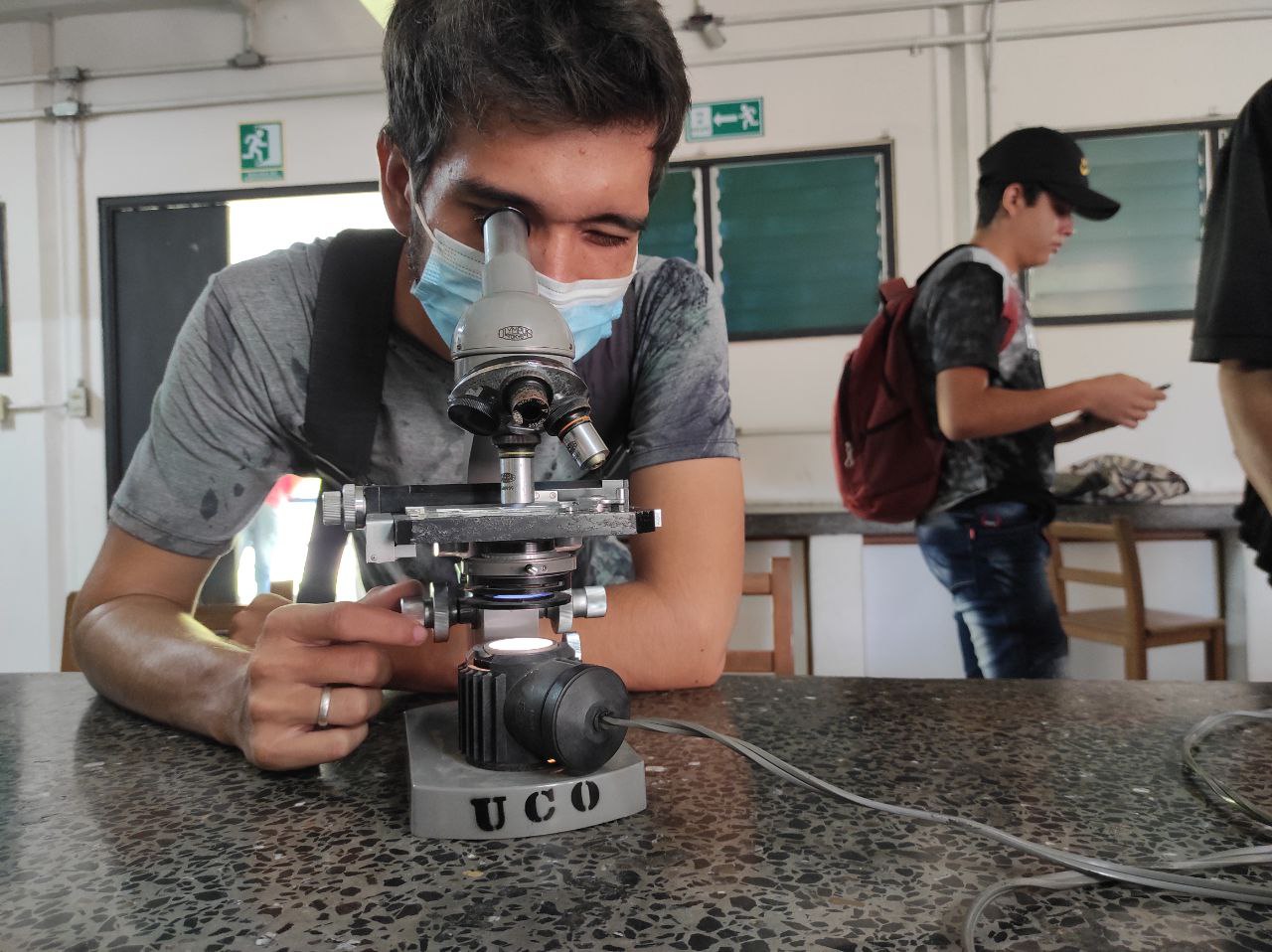
Usualmente solemos tener una clase teórica antes de la practica, en la teoría aprendemos cuales son las partes que veremos en el microscopio e inmediatamente lo ponemos en practica. Últimamente he aprendido por que las plantas tienen un color verde, o por que en otras estaciones del año las hojas cambian de color, aprendí cuales son las partes de las plantas mas importantes, y hemos observado la epidermis de muchos frutos a nivel microscópico.
We usually have a theoretical class before the practical, in the theory we learn which are the parts that we will see in the microscope and immediately we put it into practice. Lately I have learned why plants have a green color, or why in other seasons of the year the leaves change color, I learned which are the most important parts of the plants, and we have observed the epidermis of many fruits at a microscopic level.
Todo esto complementa lo que he estado haciendo en mis cultivos, por que se de donde proviene la teoría y por que las cosas son así, lo cual es interesante, además que poder hablar con los profesores y que me entiendan en la parte practica es increíble.
All this complements what I have been doing in my crops, because I know where the theory comes from and why things are like that, which is interesting, and to be able to talk to the teachers and have them understand me in the practical part is incredible.
Por ejemplo, el pigmento verde de las plantas se llama clorofila, es la encargada de la fotosíntesis, la clorofila se encuentra en los cloroplasto y allí se sintetiza.
El pigmento naranja, amarillo y rojo lo producen los cromoplasto, y estos dan tonalidades rojas (licopeno), naranjas (caroteno). Todo esto por supuesto lo se por las clases teóricas.
For example, the green pigment in plants is called chlorophyll, it is in charge of photosynthesis, chlorophyll is found in chloroplasts and is synthesized there.
The orange, yellow and red pigment is produced by the chromoplasts, and these give red (lycopene) and orange (carotene) shades. All this of course I know from the theoretical classes.
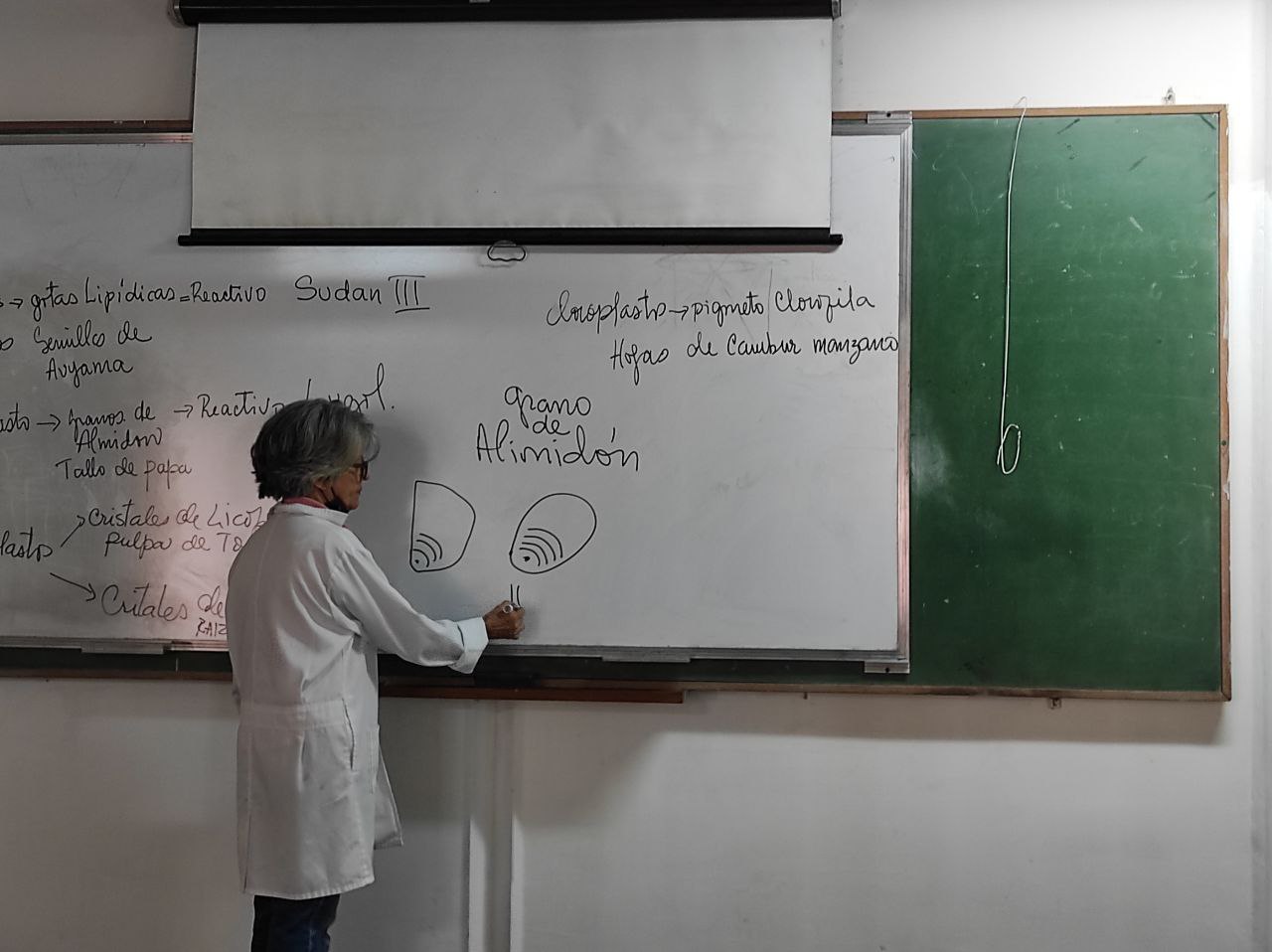
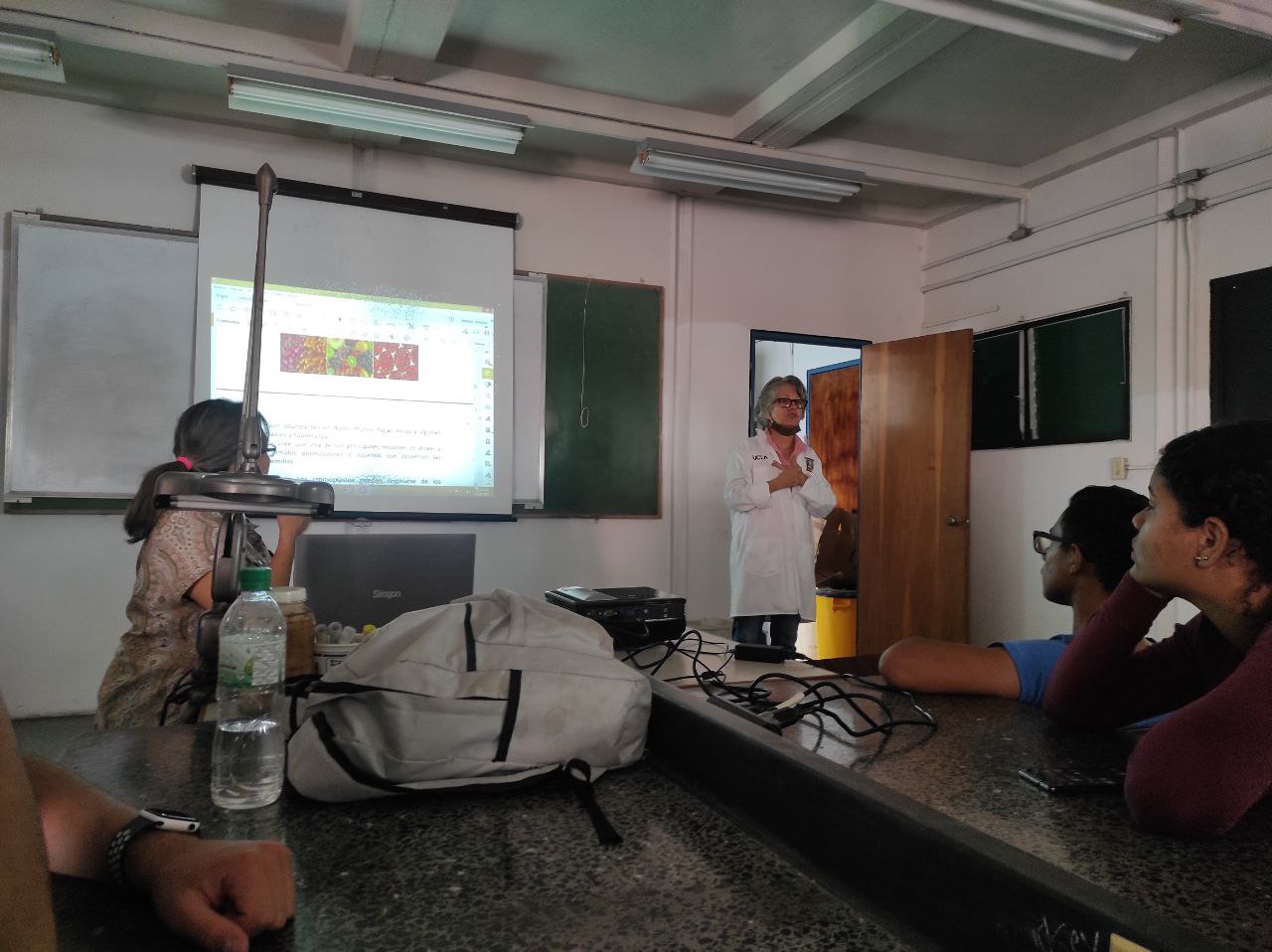
Los materiales que utilizamos son los usuales para estas practicas y ya estamos familiarizados con ellos, con los lentes oculares y objetivos para ver las muestras, con los porta muertas y demás partes del microscopio.
En esta oportunidad vimos cristales de licopeno pigmento que da el color rojo del tomate, clorofila de tallos de una planta, y almidón de una papa.
Por su puesto también los aditivos y reactivos necesarios para que las muestras se observen con claridad.
The materials we use are the usual ones for these practices and we are already familiar with them, with the eyepieces and objectives to see the samples, with the dead holders and other parts of the microscope.
This time we saw crystals of lycopene, the pigment that gives tomato its red color, chlorophyll from the stems of a plant, and starch from a potato.
Of course also the additives and reagents necessary for the samples to be observed clearly.
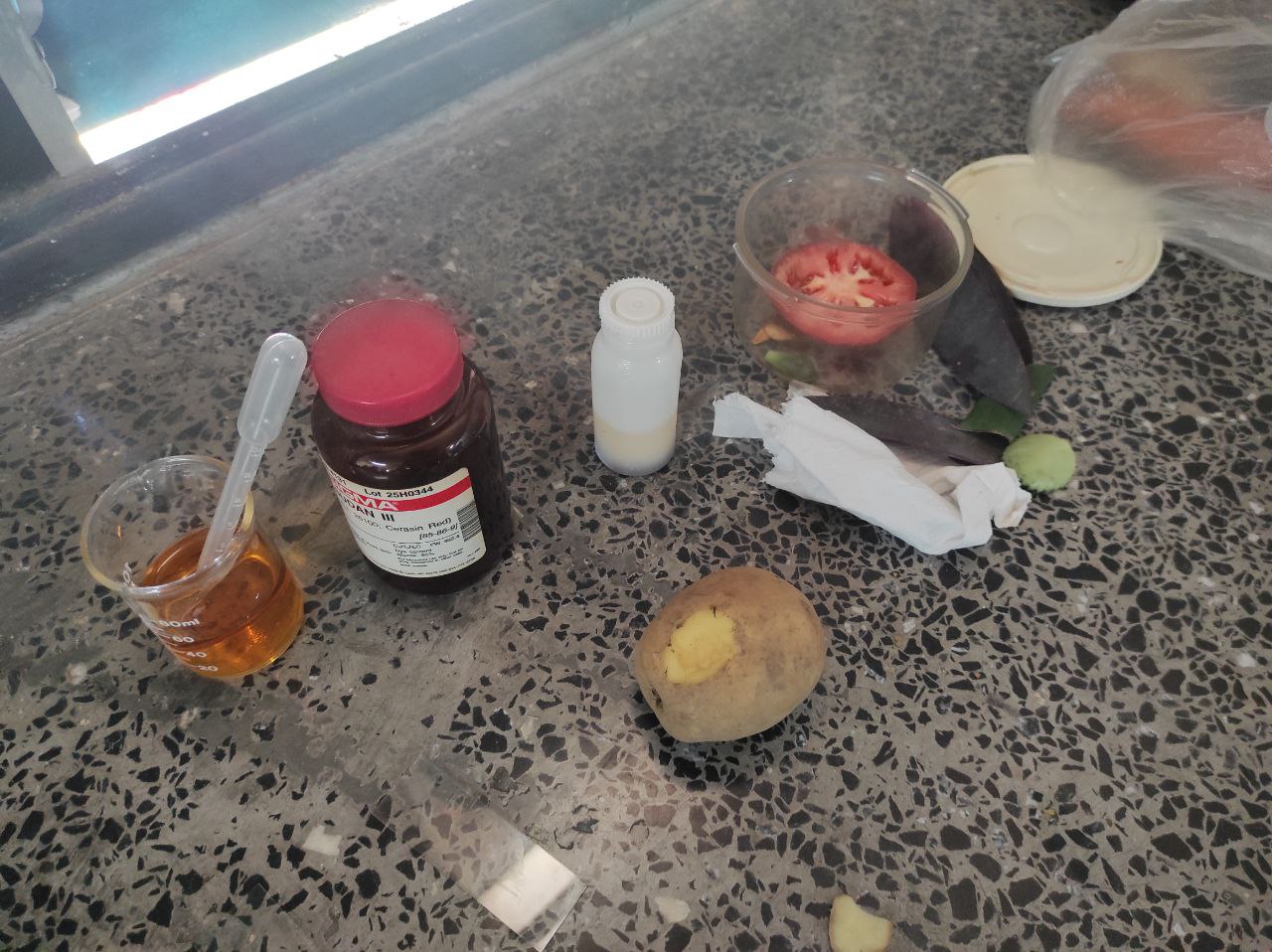
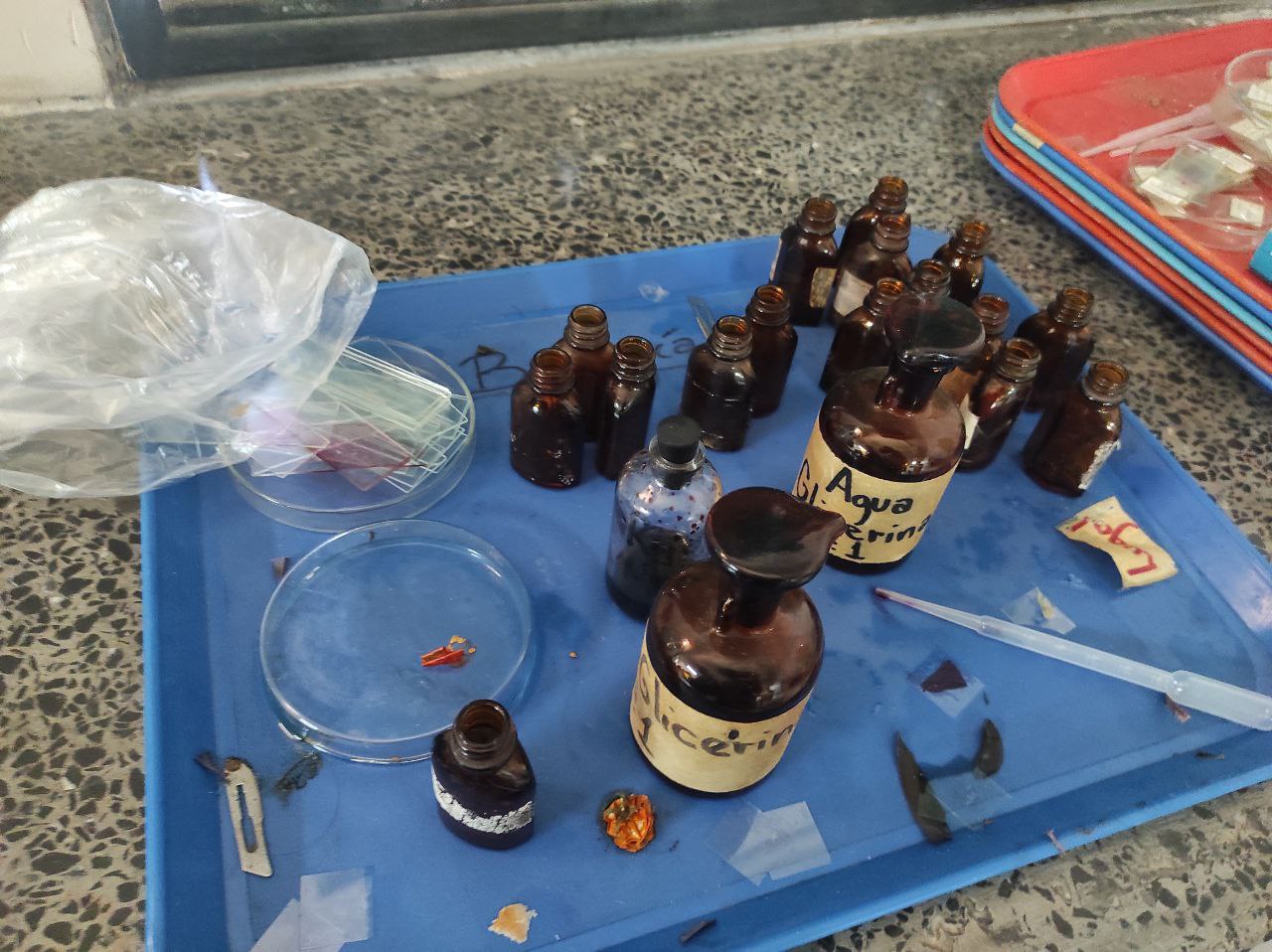
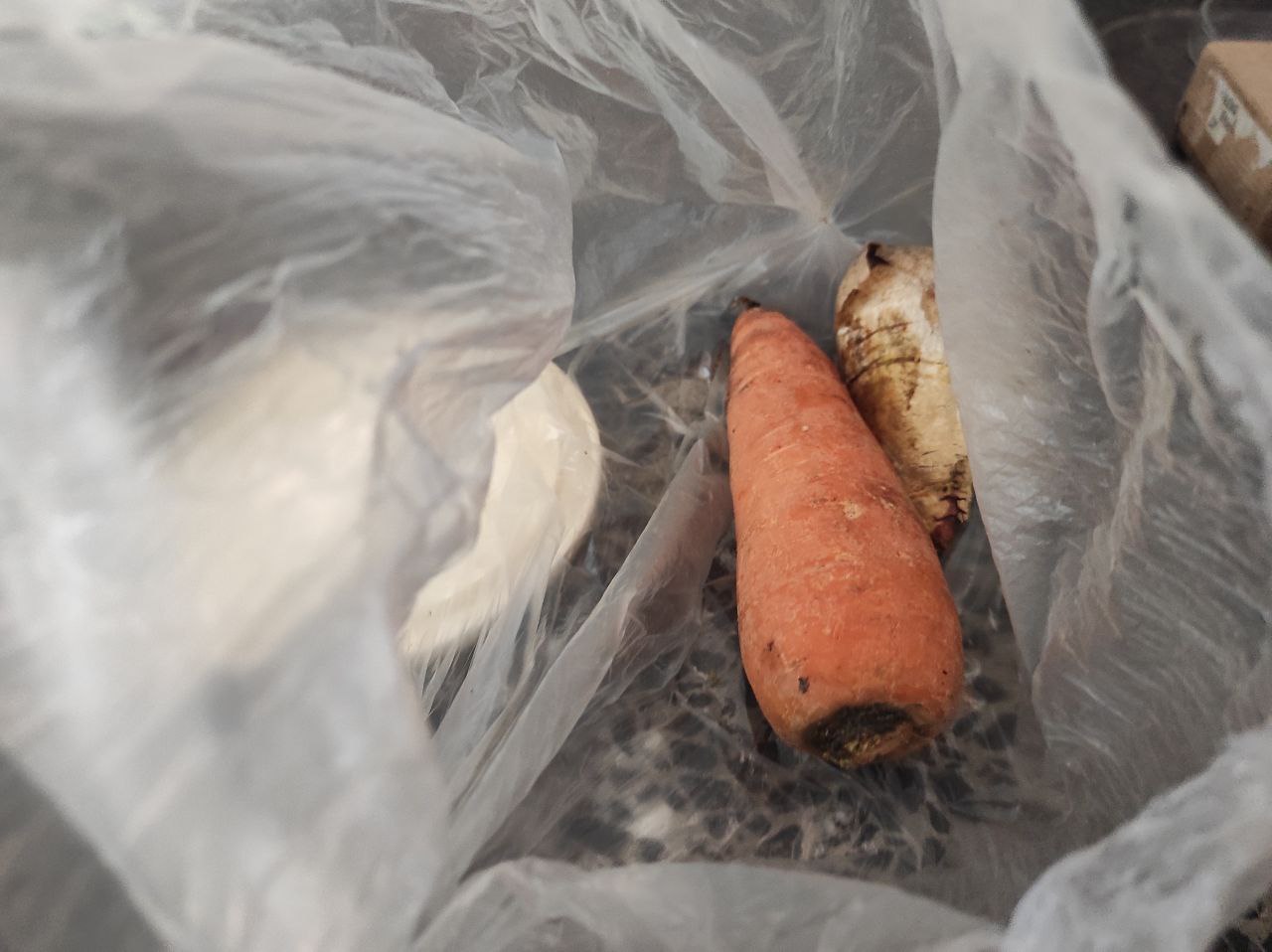

Los cristales de licopeno y clorofila se ven en un aumento x20 o x40, no se aprecian mucho, sin embargo se pueden ver los pequeños cristales.
El licopeno da el pigmento rojo para atraer polinizadores y animales que lleven la semilla a otros sitios, esto asegura la supervivencia de la decencia de la planta.
Lycopene and chlorophyll crystals are seen at x20 or x40 magnification, they are not very noticeable, however you can see the small crystals.
Lycopene gives the red pigment to attract pollinators and animals to carry the seed to other sites, this ensures the survival of the plant's decency.
Y la clorofila como mencione antes es donde se produce la fotosíntesis, aquí se transforma energía solar en energía química (ATP).
And chlorophyll as I mentioned before is where photosynthesis takes place, here solar energy is transformed into chemical energy (ATP).
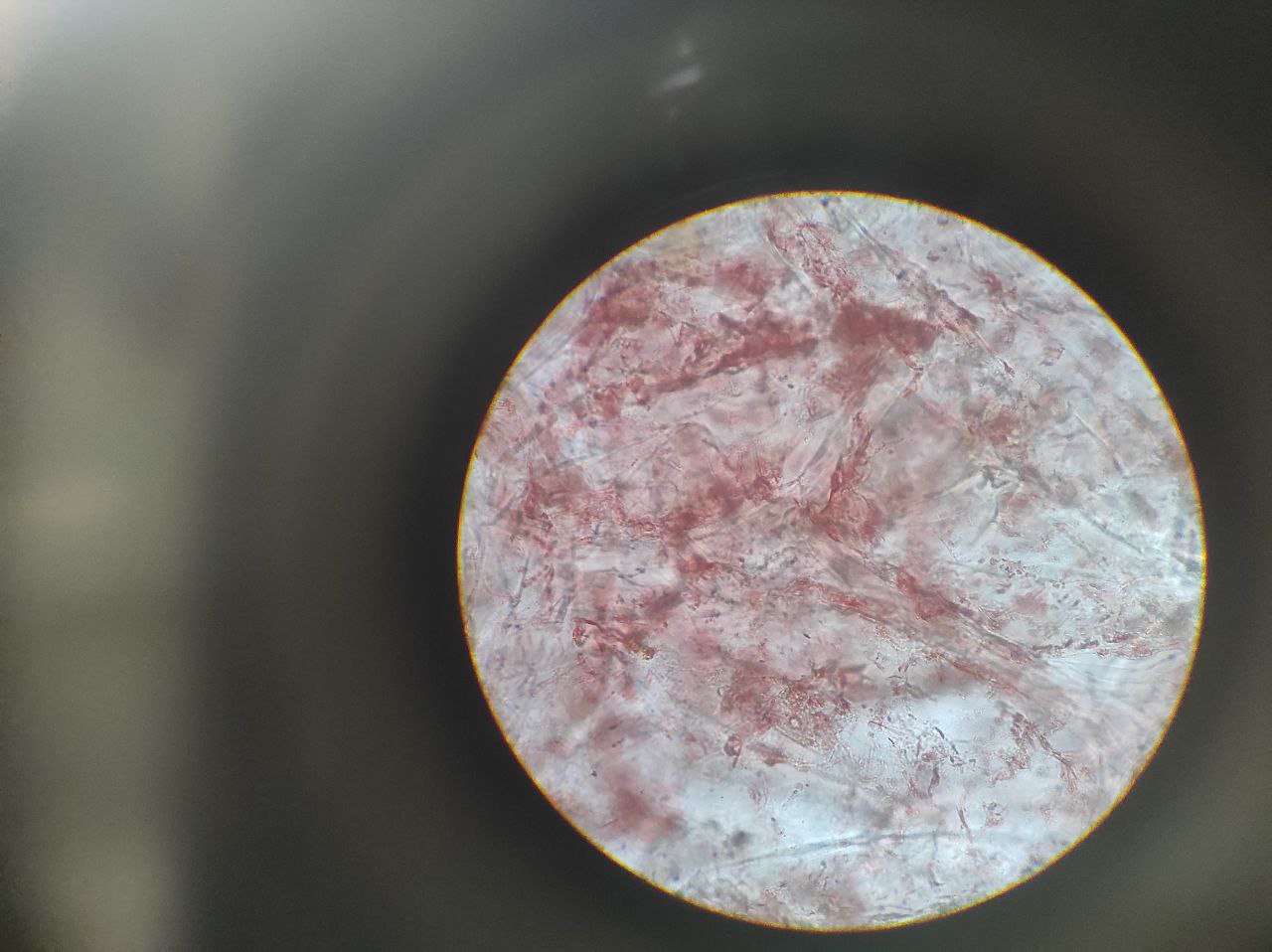
Cristales de licopeno / Lycopene crystals

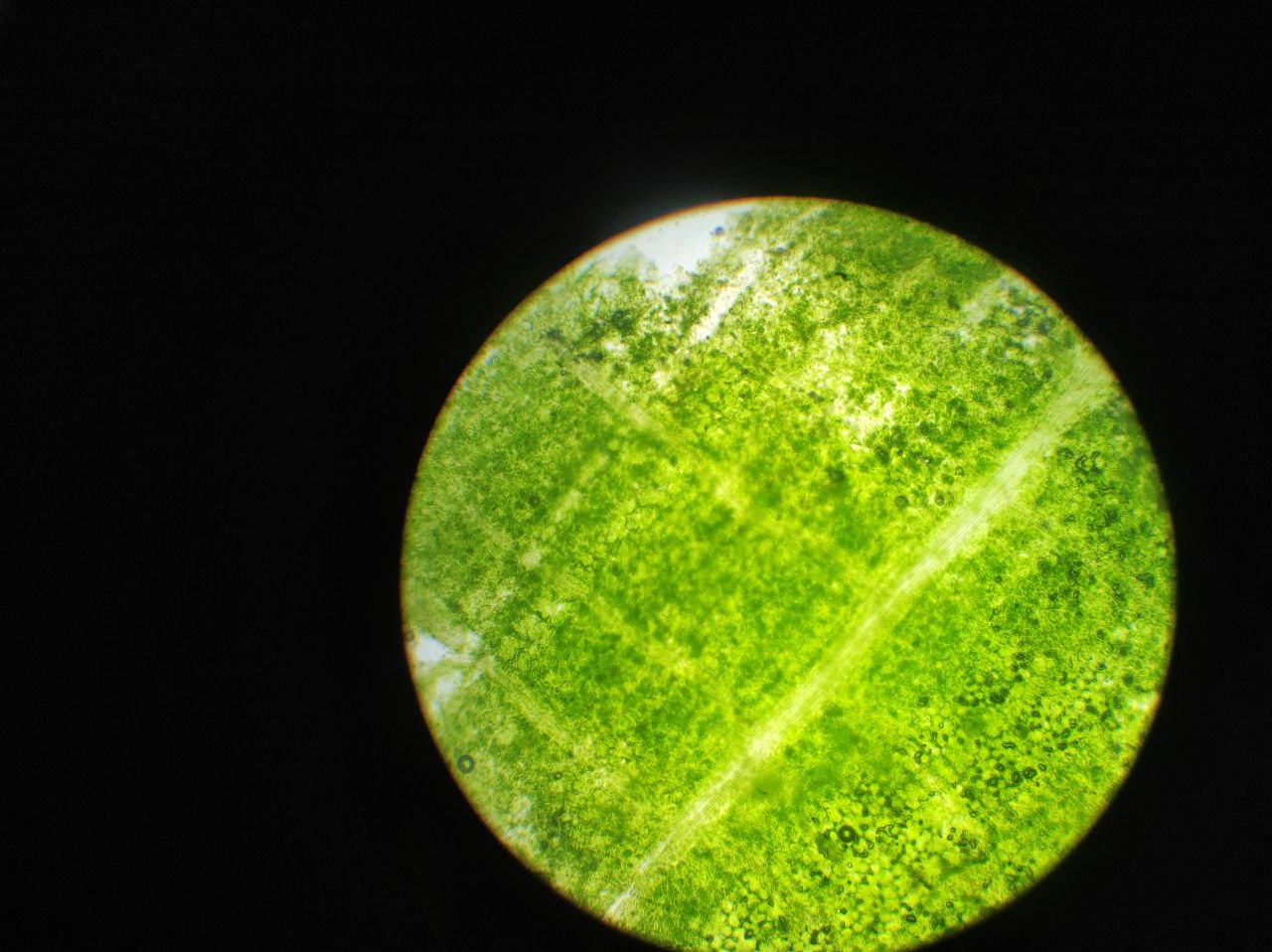
Clorofila / chlorophyll
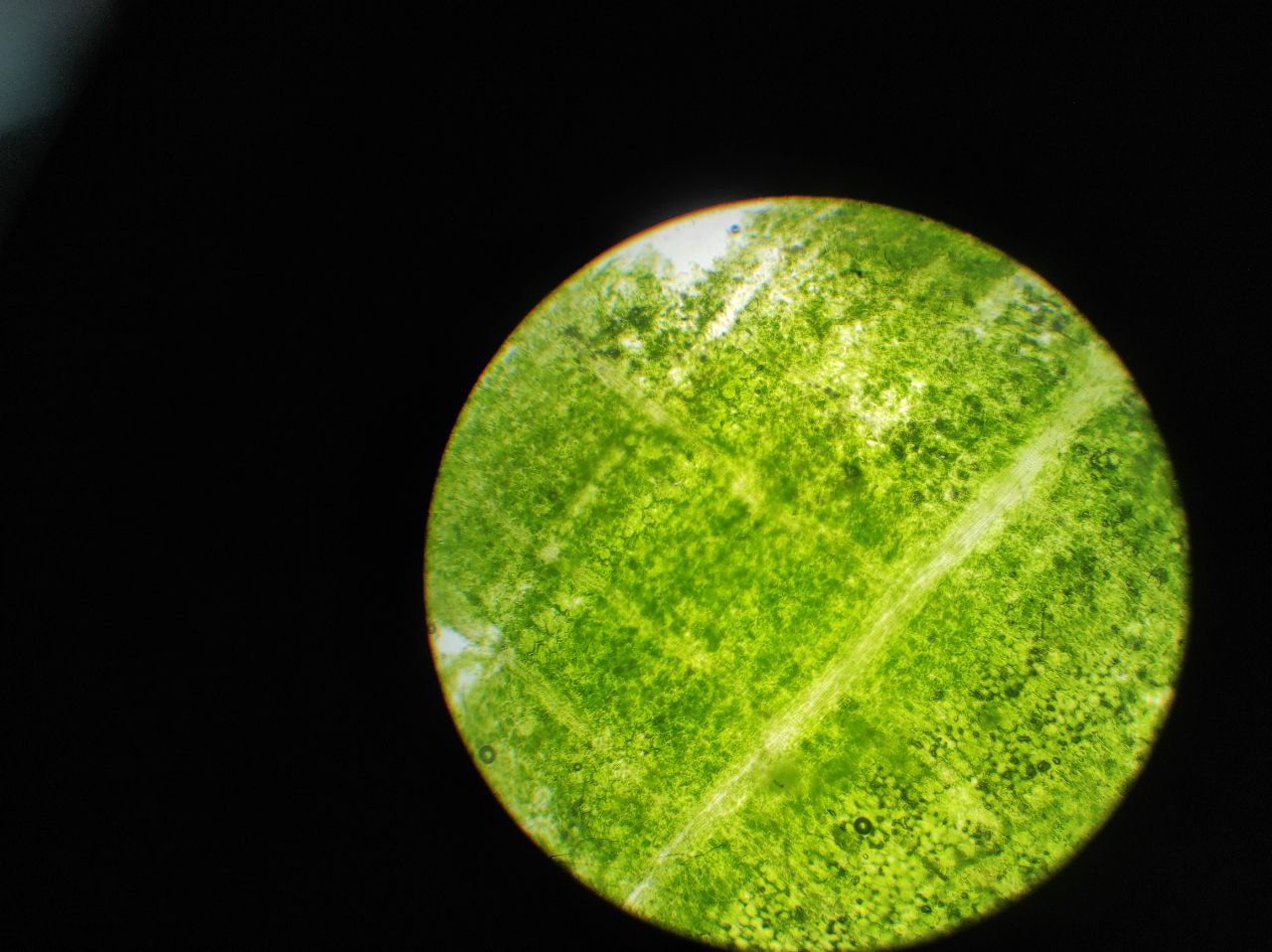
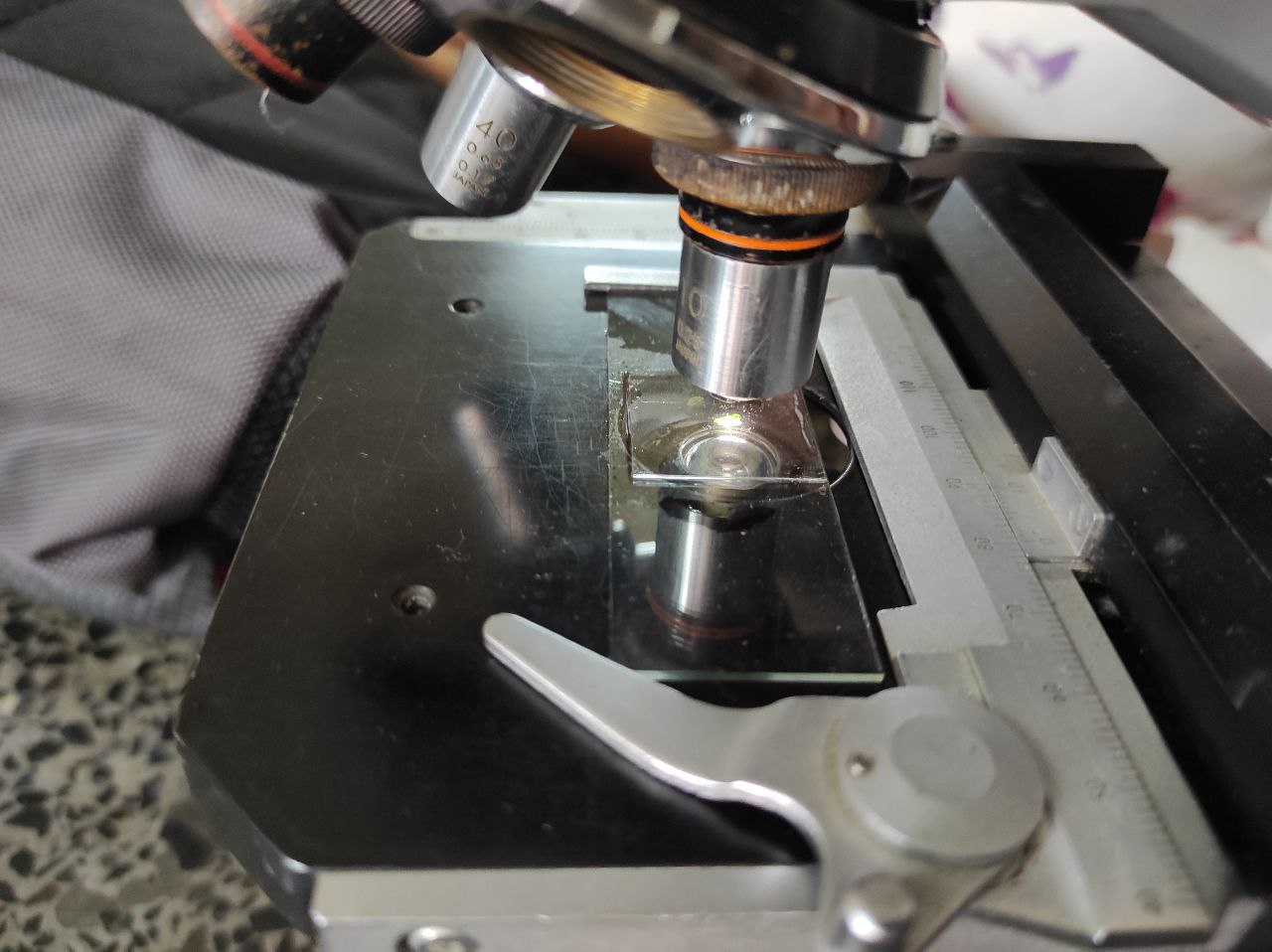
En otras células observamos vacuolas, que son organelos de la célula que almacenan agua, sirve como una especie de barrera protectora contra patógenos y químicos tóxicos parala planta. En este organelo se da la osmosis, y las vacuolas pueden desplazar el núcleo de una célula hacia las paredes dependiendo de su tamaño.
In other cells we observe vacuoles, which are cell organelles that store water, serving as a kind of protective barrier against pathogens and toxic chemicals for the plant. Osmosis occurs in this organelle, and vacuoles can displace the nucleus of a cell toward the walls depending on their size.
Y en cortes de una papa, observamos los granos de almidón que son mas densos que el agua y se logran notar con mas claridad, suelen desplazarse así que observarlos por un tiempo fijo veremos como algunos se mueven.
And in cuts of a potato, we observe the starch grains that are denser than water and can be noticed more clearly, they tend to move so observe them for a fixed time and we will see how some of them move.
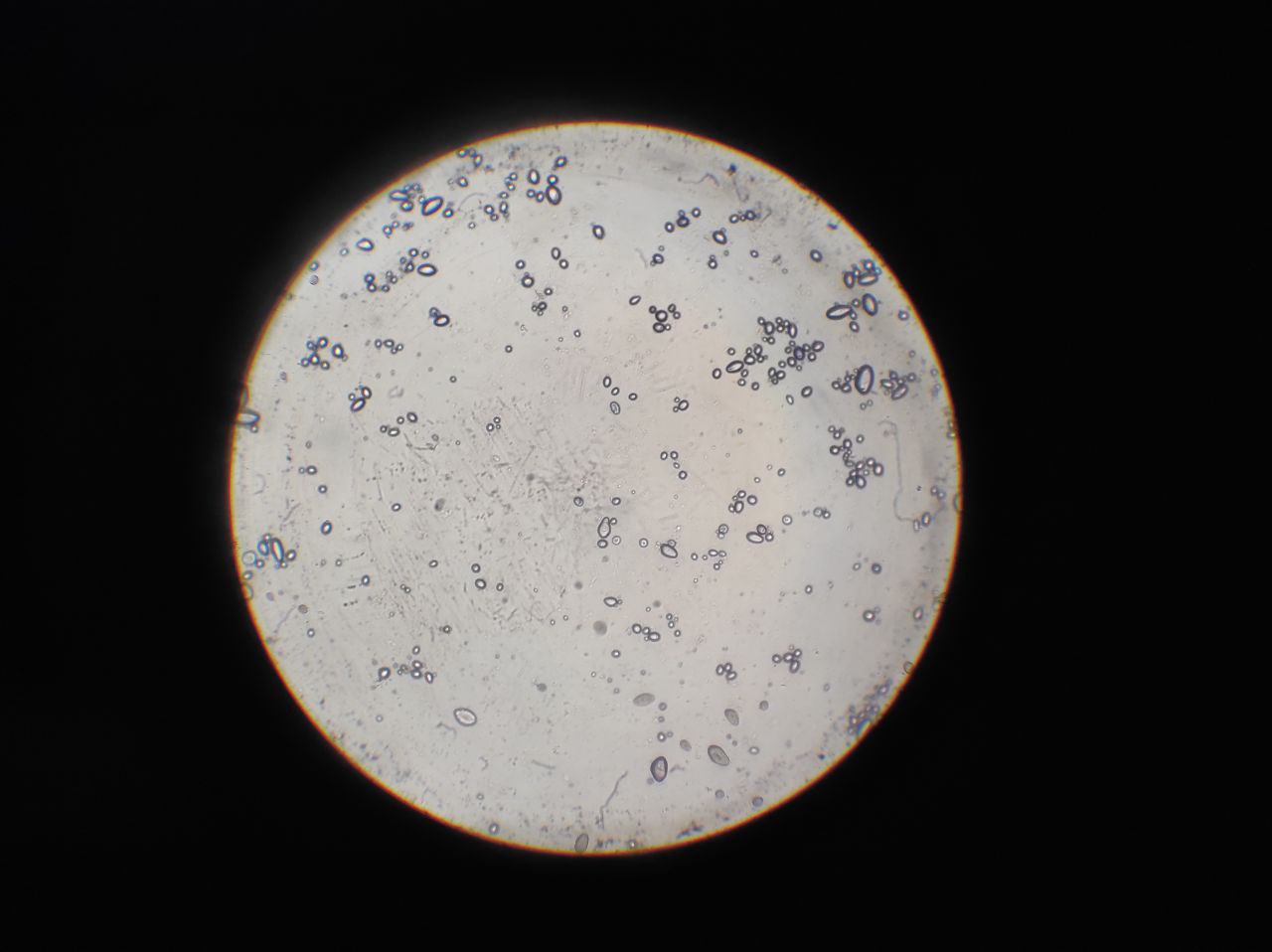
granos de almidón / starch grains
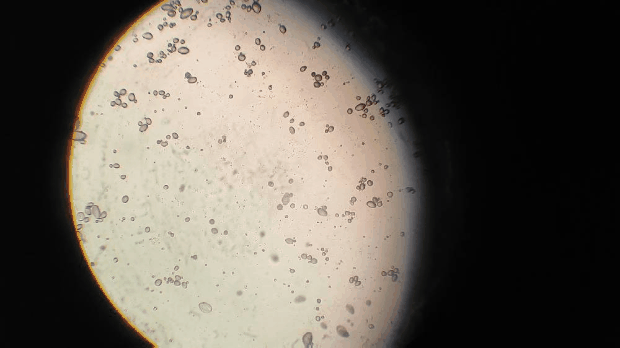
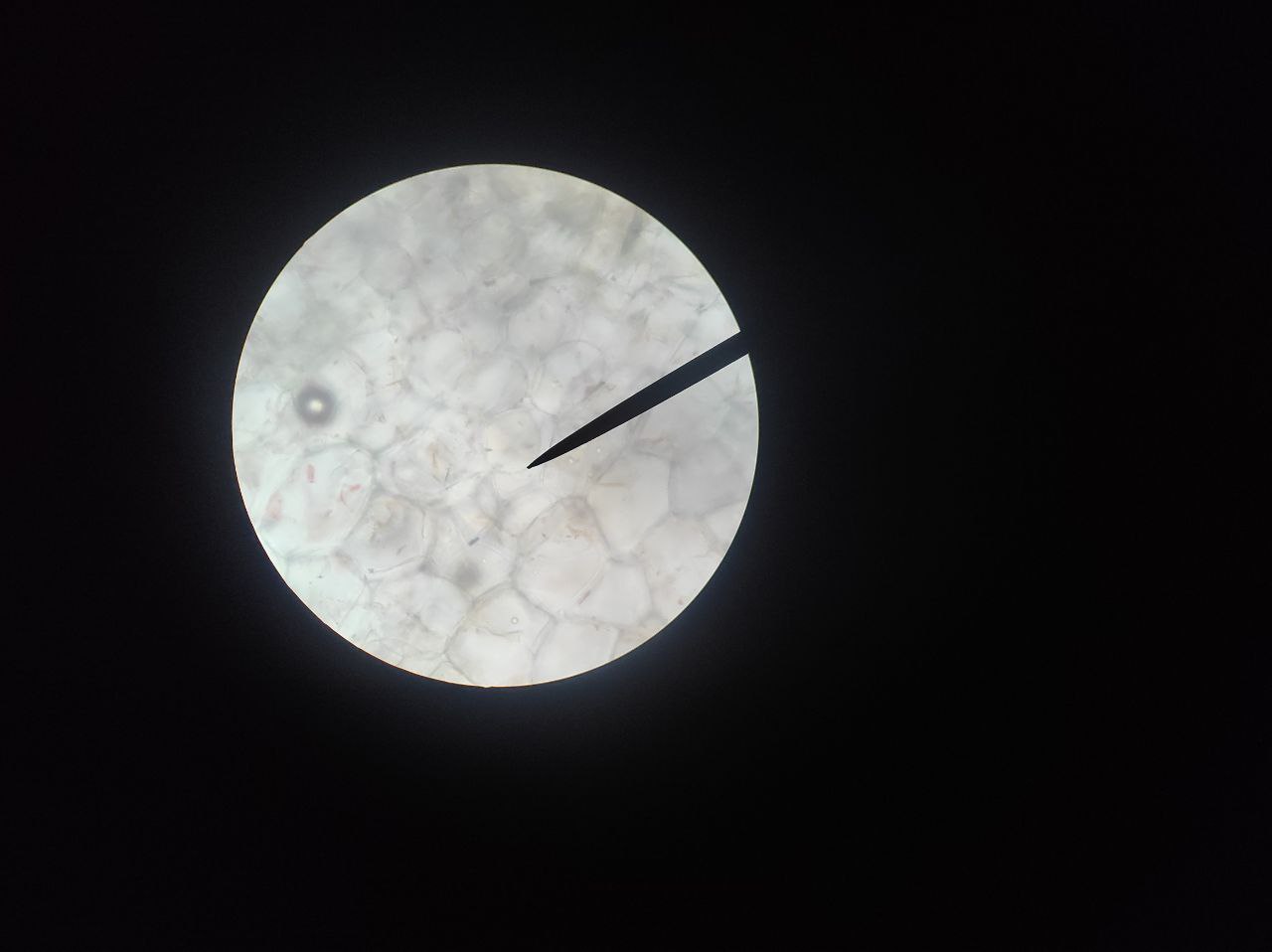
Vacuolas / vacuoles
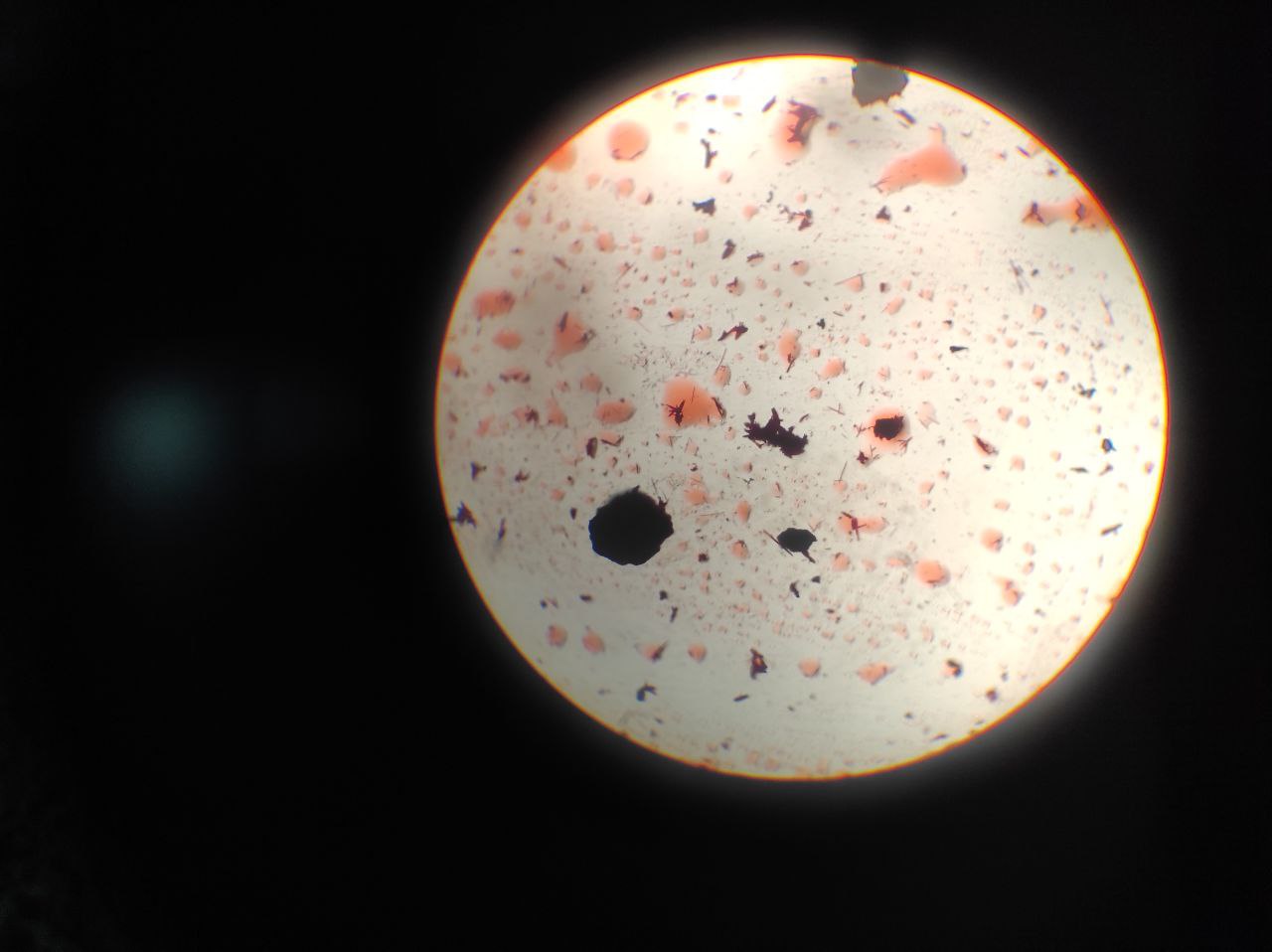
Estas practicas nos han sido muy utilices para visualizar lo que la teoría explica, ya que muchos somos de aprendizaje visual como mi caso, y esta experiencia es realmente única, ver como se comporta la célula a nivel microscópico es increíble, además de saber como es el funcionamiento de las plantas.
Puedo dar fe de que mis compañeros están igual de satisfechos que yo.
These practices have been very useful for us to visualize what the theory explains, since many of us are visual learners like me, and this experience is really unique, to see how the cell behaves at a microscopic level is incredible, besides knowing how plants work.
I can attest that my classmates are as satisfied as I am.

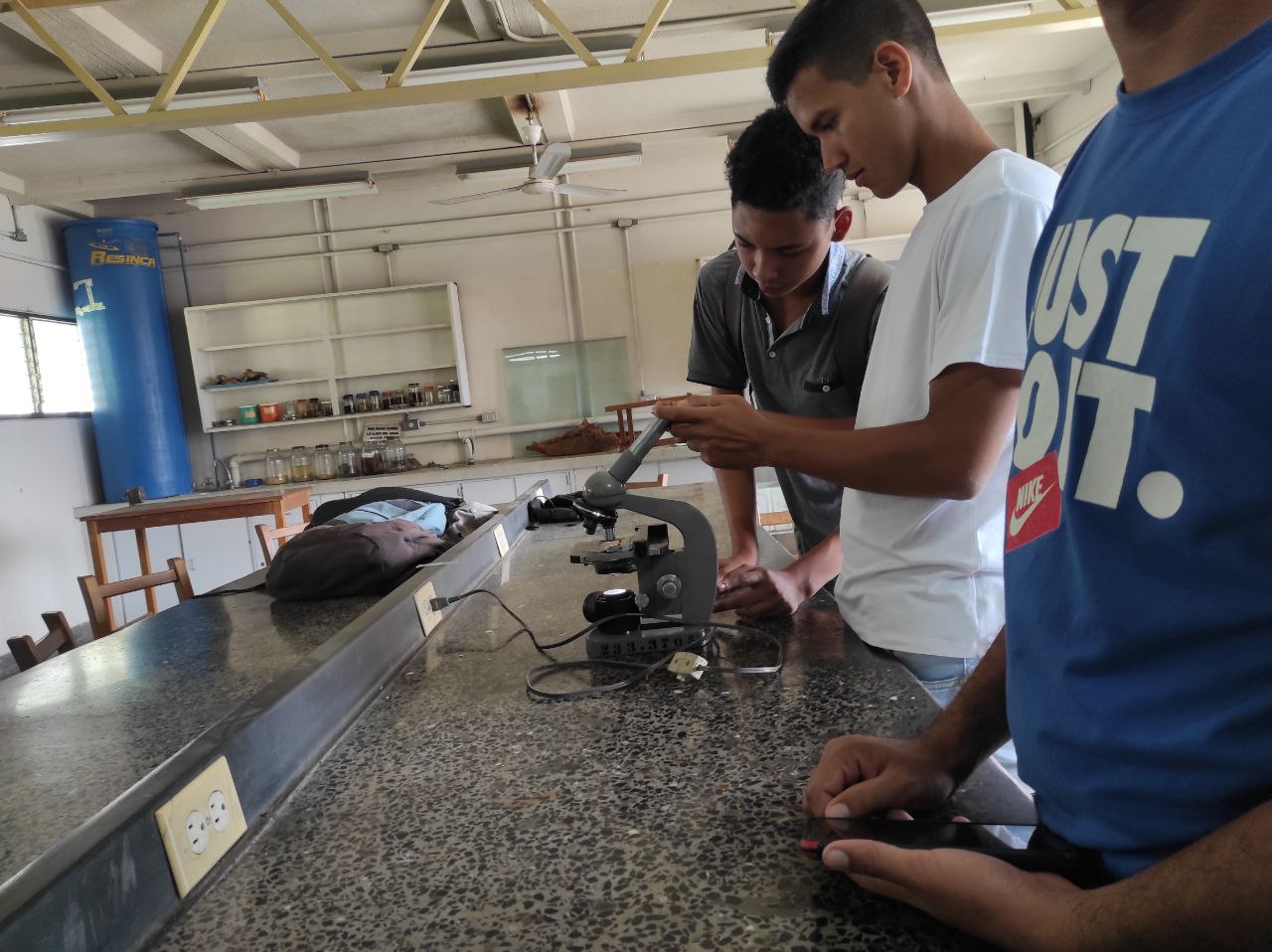
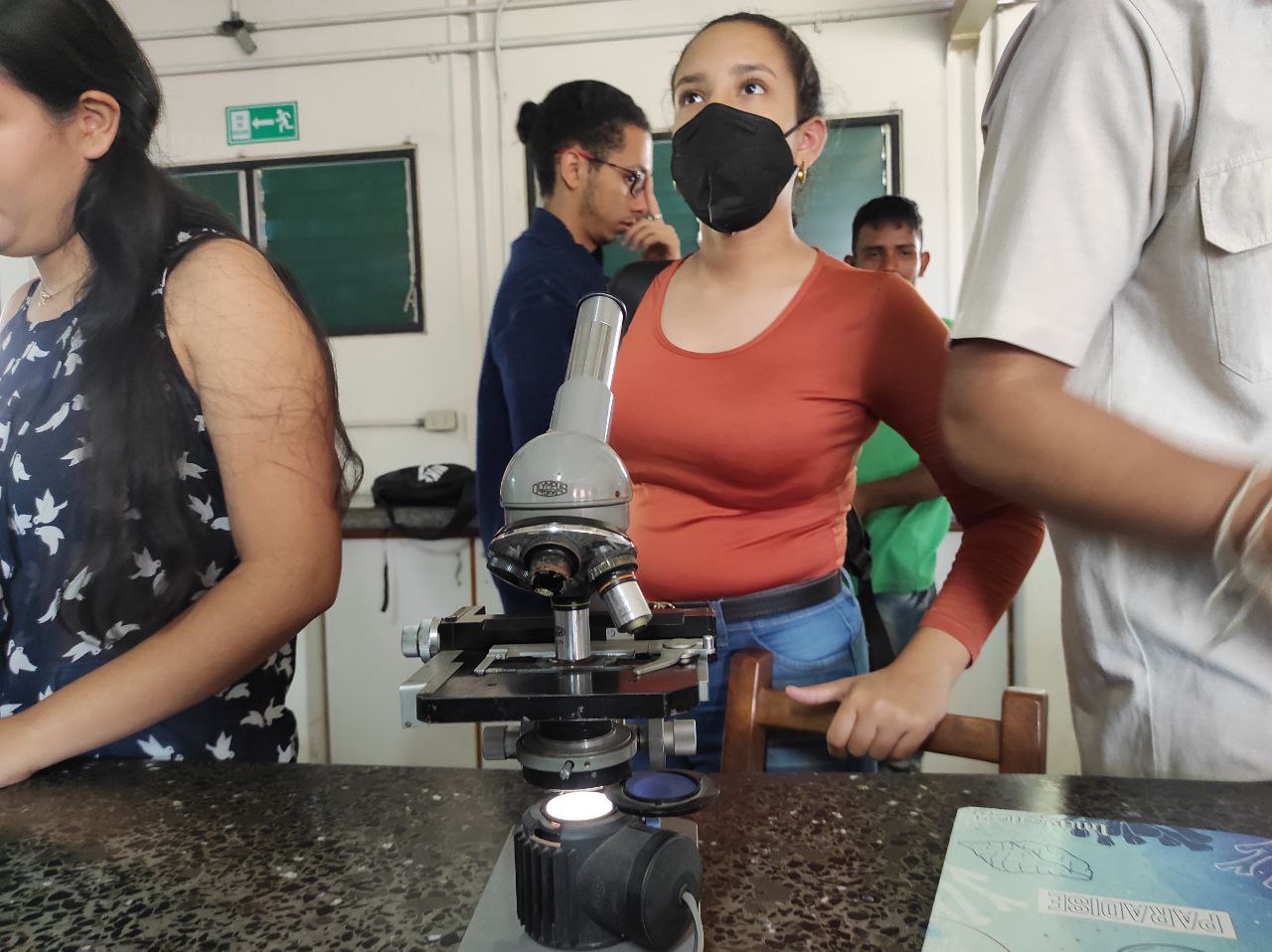
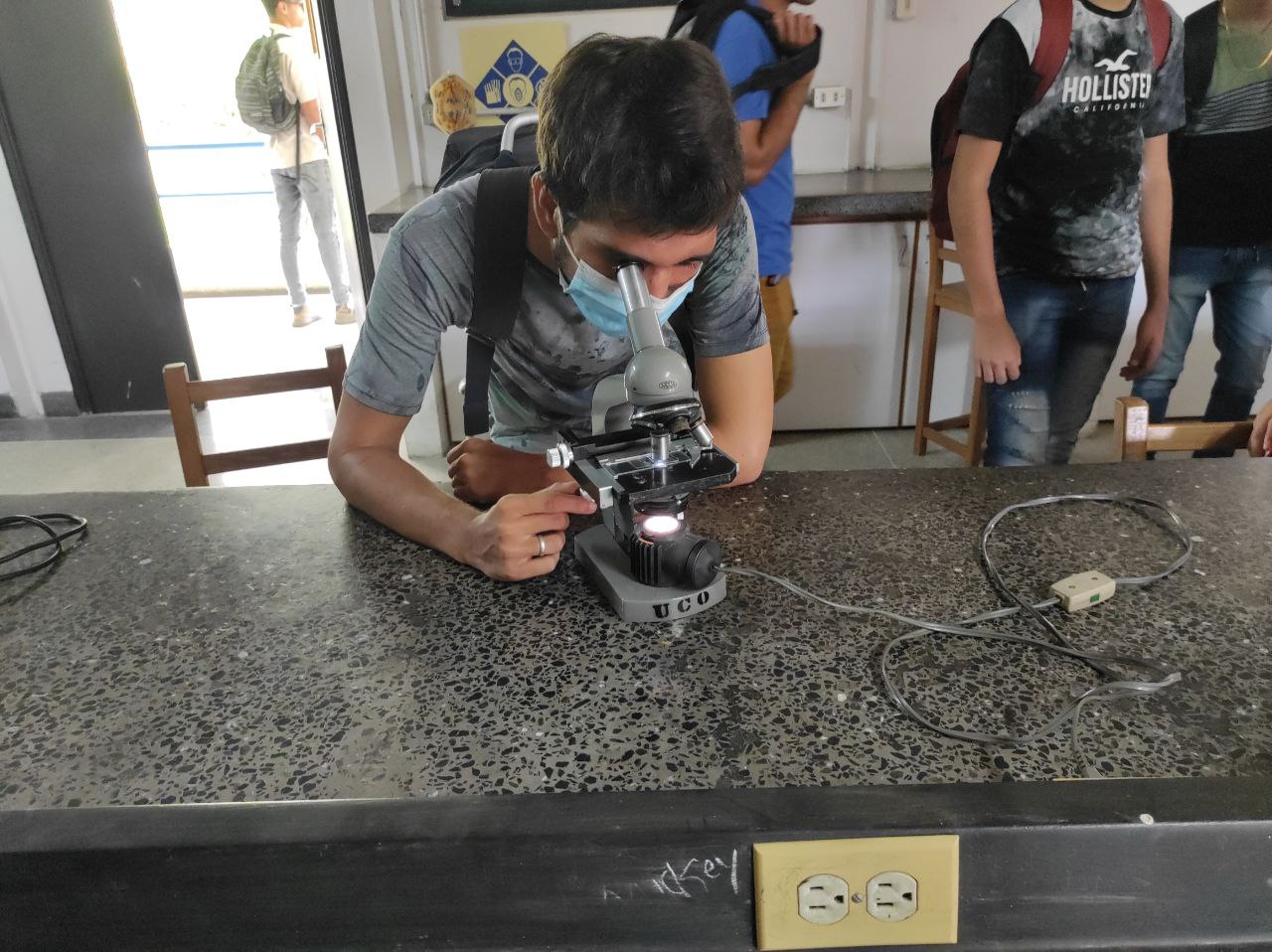
Así que espero seguir aprendiendo mas sobre estos temas, y aplicando mas practicas. Esto es una de las cosas positivas de ver clases presenciales.
Nos vemos en la próxima.
So I hope to continue learning more about these topics, and applying more practices. This is one of the positive things about seeing face-to-face classes.
See you next time.
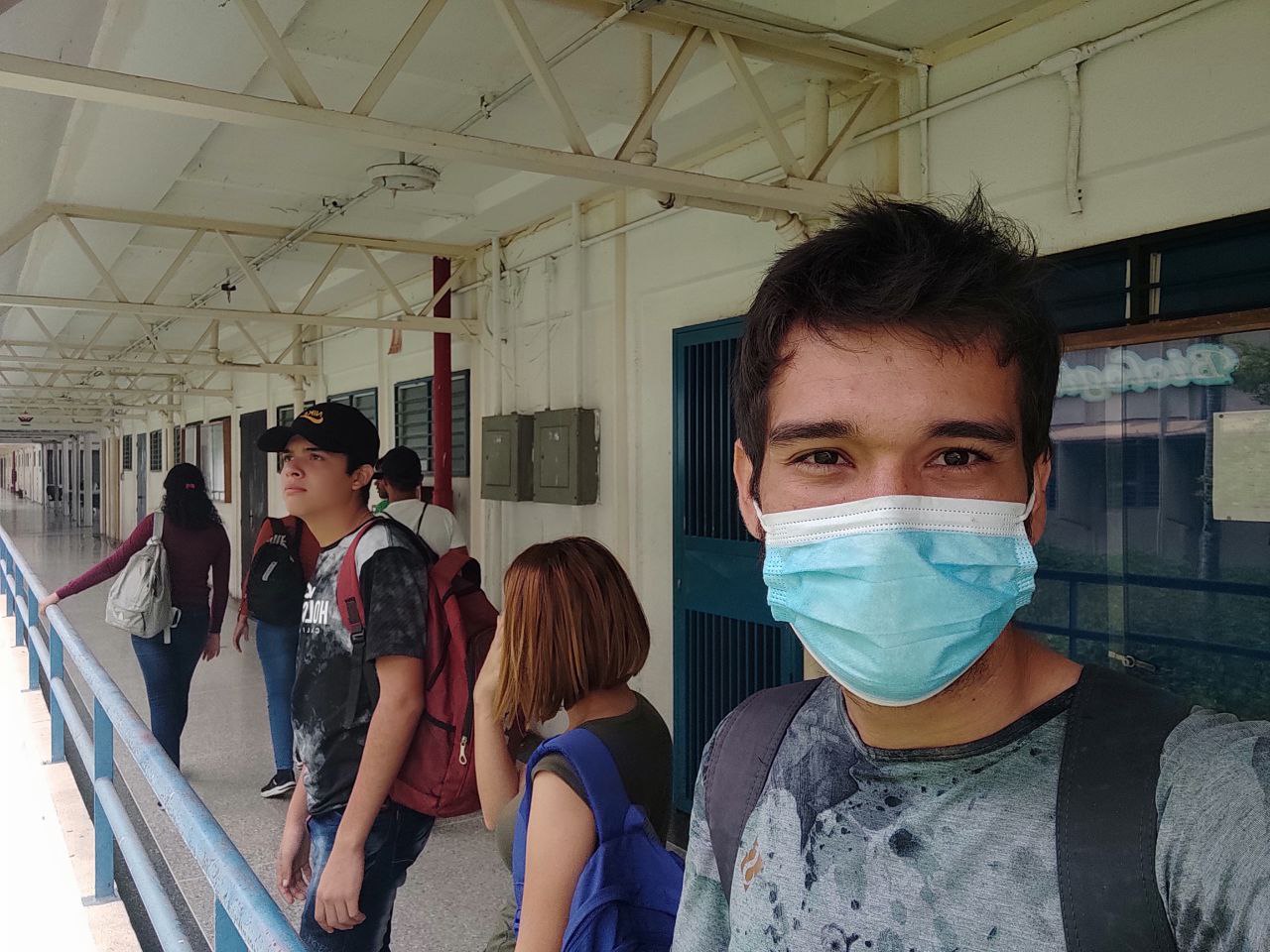
Thank you @EwkaW, gratefull for the curation
My pleasure :)
Su post ha sido valorado por @ramonycajal
Muchas gracias por el apoyo, de verdad super agradecido.